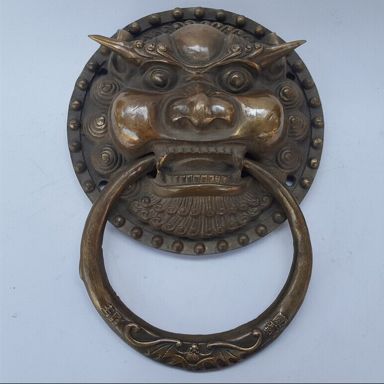Tiny Supers Tiny Review
A hodgepodge sort of post today as I wind down my first work week of remote teaching and prepare for the first Saturday d20 Modern game GMed via some sort of videoconferencing thing. First up, two items for 5E D&D.

Cnagaire’s Thunderous Transposition
3rd-level conjuration
Casting Time: 1 action
Range: 60 feet
Components: V, S
Duration: Instantaneous
You and another creature teleport, switching spaces. You appear in the creature’s previous space. The creature arrives in your previous space with a thunderous explosion. Choose a creature within 60 feet that you can see. That creature must make a Wisdom saving throw. If the creature fails the saving throw, you and the creature both teleport, switching spaces. When the creature appears, a wave of thunderous force sweeps out from it in a 15-foot cube originating from the creature. Each creature in the cube, including the creature that teleported must make a Constitution saving throw. On a failed save, a creature takes 3d8 thunder damage. Creatures that fail the save other than your original target are also pushed 10 feet away from the teleported creature. On a successful save, the creature takes half damage and isn’t pushed.
In addition, unsecured objects that are completely within the area of effect are automatically pushed 10 feet away from the center of the effect, and the spell emits a thunderous boom audible out to 300 feet.
At Higher Levels: When you cast this spell using a spell slot of 4th level or higher, the damage increases by 1d8 for each slot level above 3rd.
Cnagaire’s Knocker
Wondrous item, rare (attunement required by a sorcerer, warlock, or wizard)
This somewhat grotesque brass door knocker weighs 1 pound. It has 10 charges and regains 1d6+4 expended charges daily at dawn. If you expend the last charge, roll a d20. On a 1, the knocker corrodes into powder. With a command word as a bonus action, you can affix the knocker to a door or wall. You can then use an action to knock on the door or wall for one of the following effects.
Door Effects. You cast one of the following spells: unseen servant (1 charge), knock (2 charges), or conjure minor elementals (4 charges).
Wall Effects. You cast one of the following spells: clairvoyance (3 charges), stone shape (4 charges), or passwall (5 charges).
And now that tiny review mentioned in the post title.
This week, I got my print-on-demand copy of Alan Bahr’s Tiny Supers, published by Gallant Knight Games. (Nota Bene: That’s an affiliate link in the previous sentence.) It’s a lovely book. The cover features a quartet of brave heroes unconcerned that they’re surrounded by an army of robots. The first 15 or so pages cover the rules of play. The next 23 or so pages describe how create a hero (or villain), including descriptions of powers (called Power Traits) and traits (called Traits). Character creation starts by selecting an archetype (such as Defender or Gadgeteer). The player then customizes the archetype. It is all very rules-light, which fits the TinyD6 way of doing things. Pages 44-260 of Tiny Supers describe and explain various settings, including stats for several heroes and villains (although, in my opinion, not enough stats for the latter).
I’ve read the sections on game play and character creation, and skimmed the settings material, pausing to read a page or two here and there. Regarding the game play section, I think too much of it is cribbed from Tiny Dungeon, pretty much word for word. This is all perfectly legal, of course. Alan Bahr wrote Tiny Dungeon; it’s his to use and re-use. Still, I found the explanations a bit jarring at time.
For example, the rules for Obstacles in Tiny Supers mention “bartering with shopkeepers”. That’s something that comes up a lot in fantasy games (such as Tiny Dungeons), but, in my experience, that sort of thing never really comes up in a superhero game. I got this same disconnect in the sections that talk about weapons and magic, the latter even talking about how “Spell Readers may find magic scrolls out on their adventures”. Again, this makes all sorts of sense in a fantasy setting, but, in all my years of playing all sorts of superhero games, finding magic scrolls (or treasure of any sort) rarely if ever comes up.
Now, to be fair, this is a minor complaint. What I perceive as a disconnect between what’s described and the genre of the game doesn’t take away (or add to) the playability of the game. It just sort of niggles at me a bit.

So, with all that out of the way, here’s the amazing Shaolin Beaver for Tiny Supers.
Shaolin Beaver
Real Name: Edward
Belief: “I wander the land, doing good.”
Weakness: “I must find my people.”
Archetype: Expert
Archetype Trait: Mastery. You may not select more than 1 Power. You must trade out the rest of your Powers for Traits from the Trait list. However, you gain 2 additional Traits.
Stress: 6
Powers: Super Movement – Swimming (Tier 1). You do not have to Test to swim (treat it like normal movement).
Traits: Acrobat, Brawler, Cleave, Detective, Insightful, Martial Artist
Mastered Weapons (3d6): Tail Slap
Proficient Weapons (2d6): Unarmed
